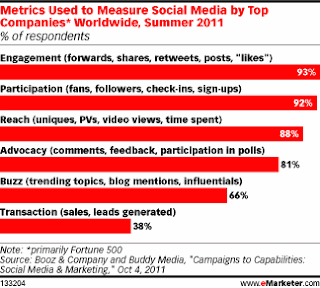Five new reference books from SAGE are now available in ASC Reference:
SAGE HANDBOOK OF SOCIAL MARKETING, edited by Gerald Hastings, Kathryn Angus and Carol Bryant (2011). "...brings together a systematic framework and state of the art thinking to provide
complete coverage of the social marketing discipline...presents a
major retrospective and prospective overview of social marketing, helping to
define and shape its current and future developments.." --Publisher's description
SAGE HANDBOOK OF VISUAL RESEARCH METHODS, edited by Eric Margolis and Luc Pauwels (2011). 42 chapters representing the state of the art in visual research, is organized into seven main sections: I Framing the Field of Visual Research / II Producing Visual Data and
Insight / III Participatory and Subject-Centered Approaches / IV Analytical
Frameworks and Approaches / V Visualization Technologies and
Practices / VI Moving Beyond the Visual / VII Options and Issues for Using and
Presenting Visual Research.
SAGE HANDBOOK OF INTERPERSONAL COMMUNICATION, (4th edition), edited by Mark L. Knapp and John A. Daly (2011). Revised overview of the field of interpersonal communication, including personal relationships, computer-mediated communication, language, personality,
skills, nonverbal communication, and communication across a person’s life span and emerging topics involving biological and physiological processes, family, intercultural and health environments and social networks.
HANDBOOK OF MULTICULTURAL MEASURES, edited by Glenn C. Gamst, Cristopher T. H. Liang, and Aghop Der-Karabetian (2011). "Organizes and summarizes the growing body of measures for use in research,
clinical practice, training, and service delivery to a multicultural
population..About 250 tests are described in two-to-three page summaries
including purpose, description, scoring, reliability, and validity measures."--CHOICE
ENCYCLOPEDIA OF SCIENCE AND TECHNOLOGY COMMUNICATION, edited by Susanna Hornig Priest (SAGE, 2010) Interdisciplinary 2-volulme resource of more than 300 entries on a wide range
of topics related to science and technology communication as both a profession
and a research specialization. "Entries range from those illustrating the
application of media theory and research to problems in science, technology,
environment, and health; to case studies of controversial issues in science and
technology and biographies of well-known science communicators; to studies of
how science journalism is actually done and the problems it faces; and to
guidance on using scientific sources." --Publisher's description
 Interested in website traffic and engagement metrics? Then you will want to truck over to the Lippincott Library for access to Compete Pro. This Kantar Media product provides specific insight into how the top 1 million websites are performing. Simply type in a domain to see two years of site metrics such as number of unique visitors, paid views, time on site, and visitor demographics. Compete Pro's key word traffic tool can provide semantic insight into how one stumbles upon a site (and we know a lot of stumbling goes on). There is also a referral traffic tool to easily track which websites are sending visitors where. While Compete Pro was build for marketers internet and new media researchers have a gold mine of data here for the taking.
Interested in website traffic and engagement metrics? Then you will want to truck over to the Lippincott Library for access to Compete Pro. This Kantar Media product provides specific insight into how the top 1 million websites are performing. Simply type in a domain to see two years of site metrics such as number of unique visitors, paid views, time on site, and visitor demographics. Compete Pro's key word traffic tool can provide semantic insight into how one stumbles upon a site (and we know a lot of stumbling goes on). There is also a referral traffic tool to easily track which websites are sending visitors where. While Compete Pro was build for marketers internet and new media researchers have a gold mine of data here for the taking.



